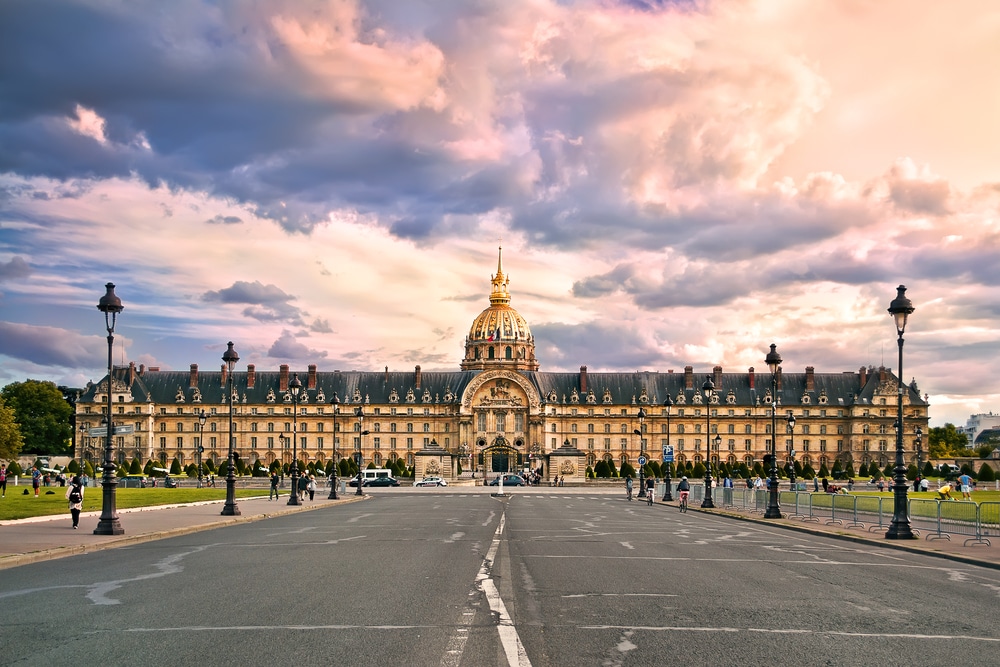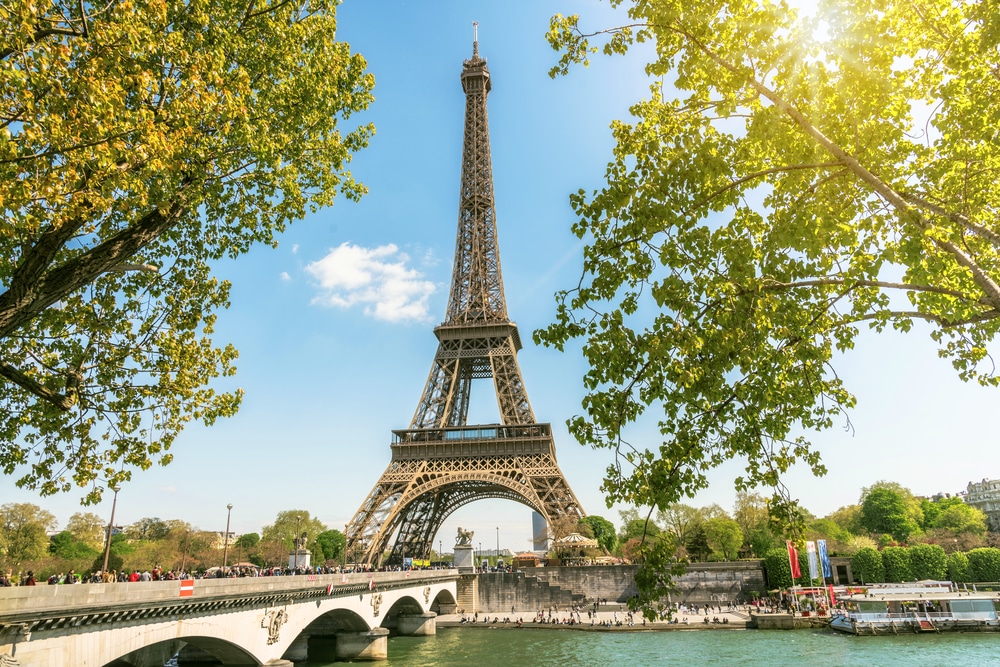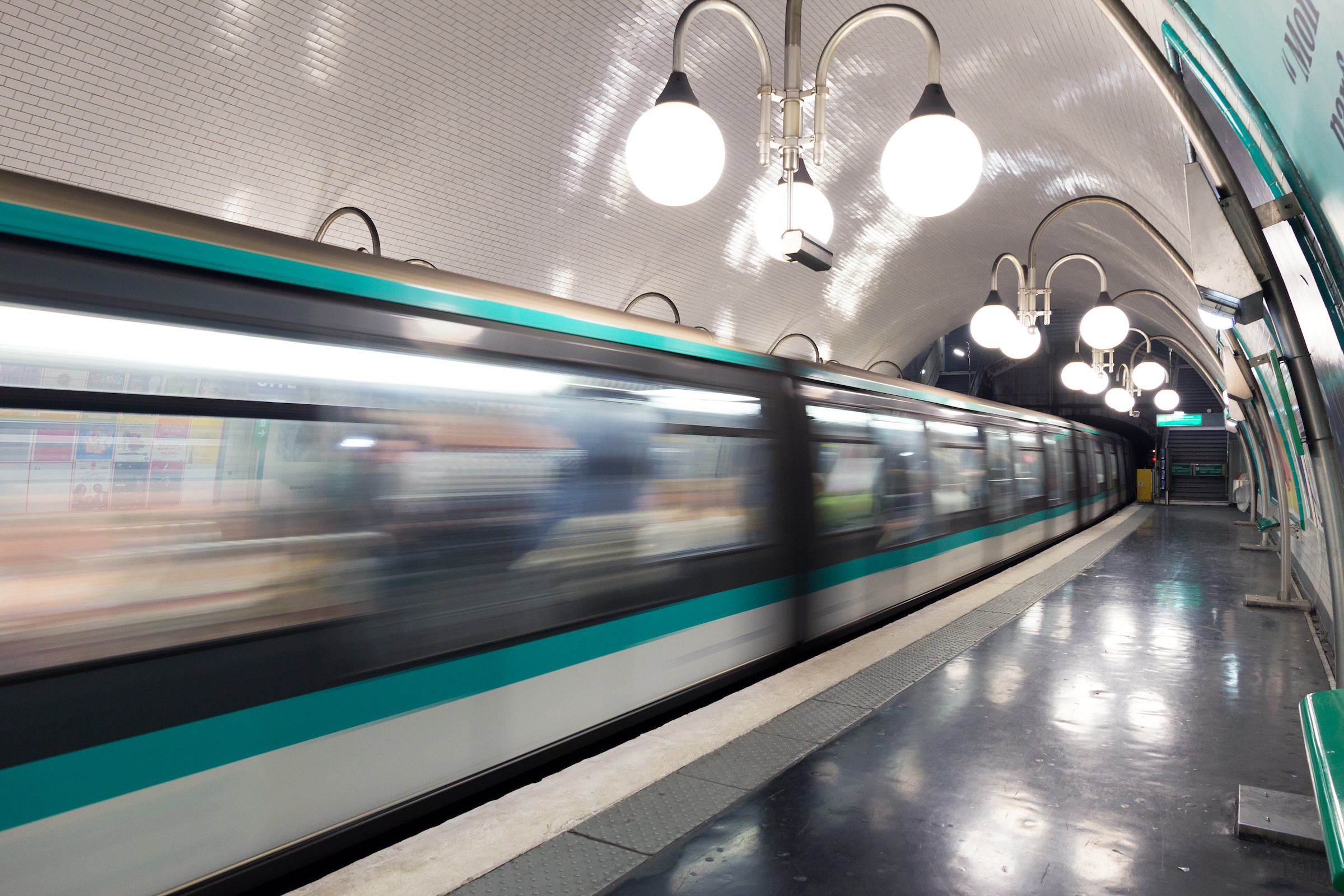Invalididendom
The Invalides Cathedral, in French Hotel des Invalides, is one of the most famous buildings of Paris. It is located in the seventh arrondissement of the French capital, south of the Seine. Coming over the Pont Alexandre III bridge, the golden dome of the cathedral can be seen directly. It was built by Louis XIV, who had it designed as a home for former soldiers.

Construction and original use
Towards the end of the 17th century, the French king faced a problem: Many wars had left numerous soldiers as invalids, who were subsequently unable to return to their old occupations and lives. Louis was probably driven by two factors in his decision to build the Invalides Cathedral: First, he had compassion and sympathy for the soldiers who were willing to sacrifice their lives for their country and himself. Second, the homeless and destitute soldiers became a problem for society. They were predisposed to violence by the war effort and had received training on numerous weapons. They often roamed the country as gangs, robbing citizens to survive.
Louis took plans from the Middle Ages as his model, where it was suggested that wounded people be housed in monasteries. He had Liberal Bruant and Jules Hardouin-Mansart design a facility that could provide comprehensive care for the invalids. A large central building was to serve as a memorial to fallen soldiers. Apartments and workshops were built in a rectangle around the central dome.
The workshops were equipped so that the disabled soldiers could continue to do work there, thus repaying their accommodation and provision of work. Regular religious services were also provided. In total, the complex measured 390 metres by 450 metres.
The transformation of the Dome of the Invalides
The Invalides Cathedral, which is the central building of the complex, was originally used only as a church. The "Chapelle Royale des Invalides" was designed to house two churches: one was used for visitors, the other for the residents of the complex.
When Napoleon Bonaparte died in exile on the island of St Helena in 1821, he expressed his wish to be buried on the banks of the Seine. At first England refused this wish, but in 1840 the French monarchy was able to grant Napoleon his last wish. The Invalides Cathedral was then rebuilt, and a side chapel was excavated. The sarcophagus in which Napoleon is still buried is located a few metres below the actual floor of the building and is housed in a circular excavation. Visitors can descend by stairs to the level of the sarcophagus, where there are twelve columns depicting Napoleon's most important victories.
Napoleon's brothers and son are also buried in the Invalides Cathedral, as well as several famous French generals. Ferdinand Foch and Henri Giraud are two of these generals.
The quarters for the invalided soldiers are no longer used today and the Invalides Cathedral is mainly a destination for tourists. With its large golden dome ending in a long spire, the Invalides Cathedral is one of Paris' most famous and eye-catching buildings and can be instantly recognized when looking around the city.
At night, the building is illuminated with a warm orange-yellow light.




